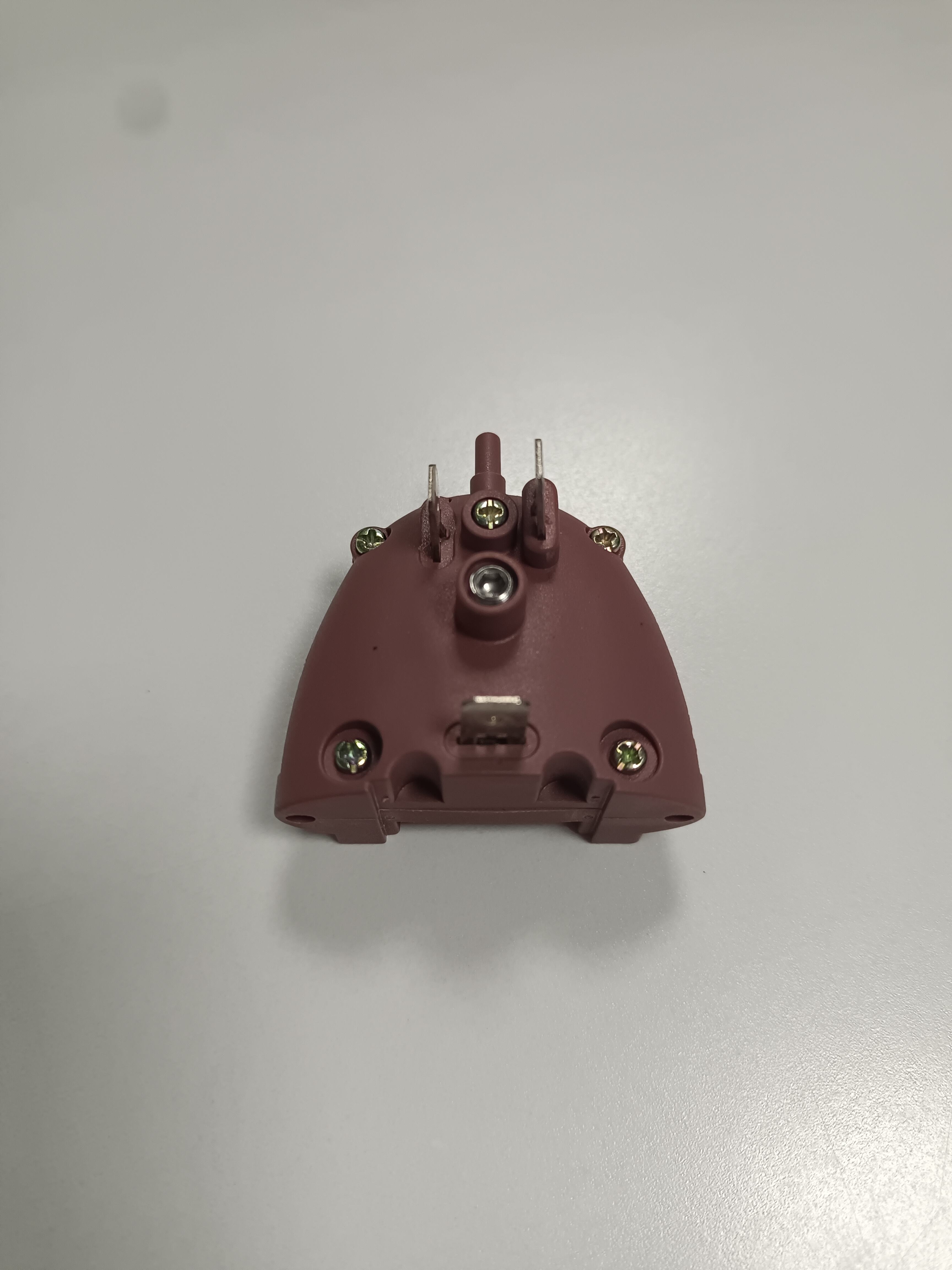Understanding the Revolutionary Impact of Modern Pressure Sensing Technology
In the evolving landscape of industrial automation and safety systems, the pressure strip switch has emerged as a groundbreaking solution for numerous applications. These versatile devices have transformed how businesses approach pressure detection and safety monitoring across various sectors. From manufacturing facilities to automated doors, these innovative sensors provide reliable, consistent, and efficient pressure detection capabilities that make them indispensable in modern operations.
The pressure strip switch technology combines sophisticated engineering with practical functionality, offering a robust solution for scenarios requiring precise pressure monitoring. As industries continue to embrace automation and enhanced safety measures, understanding the comprehensive benefits of these devices becomes crucial for business owners and facility managers looking to optimize their operations.
Core Components and Design Excellence
Advanced Materials and Construction
The foundation of any high-quality pressure strip switch lies in its carefully selected materials and precise construction. Modern switches typically feature durable outer casings made from industrial-grade polymers or rubber compounds that ensure longevity while maintaining sensitivity. The internal components are engineered to provide consistent performance under various environmental conditions, making these devices suitable for both indoor and outdoor applications.
The design incorporates specialized conductive elements that respond instantly to applied pressure, creating a reliable switching mechanism. This sophisticated construction allows the pressure strip switch to maintain its functionality even after thousands of activation cycles, providing exceptional value for long-term installations.
Integration Capabilities
One of the most significant advantages of contemporary pressure strip switch designs is their remarkable integration flexibility. These devices can seamlessly connect with various control systems, from simple relay circuits to complex programmable logic controllers (PLCs). The versatile connection options ensure compatibility with existing infrastructure while enabling future system upgrades.
The integration process typically requires minimal modifications to current setups, allowing facilities to enhance their pressure monitoring capabilities without extensive renovations or downtime. This adaptability makes the pressure strip switch an attractive option for businesses looking to improve their operations incrementally.
Safety and Compliance Advantages
Enhanced Workplace Protection
Installing a pressure strip switch system significantly elevates workplace safety standards. These devices provide immediate response to pressure events, enabling rapid shutdown or emergency stops when necessary. This quick reaction time is crucial in preventing accidents and protecting both personnel and equipment in industrial settings.
The reliability of pressure strip switch mechanisms ensures consistent performance in safety-critical applications. Their ability to function effectively in various environmental conditions makes them ideal for both indoor manufacturing facilities and outdoor installations where weather exposure is a concern.
Regulatory Compliance
Modern pressure strip switch installations help facilities meet and exceed industry safety standards and regulatory requirements. These devices are designed to comply with international safety regulations, including ISO standards and regional safety directives. This compliance ensures that businesses can confidently implement these systems while maintaining their legal obligations.
The documentation and certification that accompanies quality pressure strip switch products simplify the compliance verification process during safety audits. This feature is particularly valuable for industries subject to regular inspections and strict safety protocols.
Operational Efficiency and Cost Benefits
Maintenance and Longevity
The robust design of pressure strip switch systems translates to reduced maintenance requirements and extended operational life. These devices are engineered to withstand repeated use while maintaining their sensitivity and reliability. The minimal maintenance needs result in lower long-term operational costs and reduced downtime for repairs or replacements.
Regular inspection of pressure strip switch installations is straightforward, allowing maintenance teams to quickly verify proper operation and address any potential issues before they impact production. This proactive approach to maintenance helps prevent costly emergency repairs and production interruptions.
Energy and Resource Optimization
Implementing pressure strip switch technology often leads to improved energy efficiency in automated systems. These devices require minimal power to operate while providing precise control over pressure-sensitive operations. The energy savings can be substantial, particularly in large-scale installations with multiple pressure monitoring points.
The efficient operation of pressure strip switch systems also contributes to reduced wear on connected equipment, extending the life of related machinery and components. This indirect benefit further enhances the overall return on investment for facilities implementing these solutions.
Applications and Industry Solutions
Manufacturing and Production
In manufacturing environments, pressure strip switch technology plays a crucial role in ensuring smooth operations and worker safety. These devices are commonly used in assembly lines, packaging stations, and material handling systems where precise pressure detection is essential. The versatility of pressure strip switch installations allows them to be adapted for various manufacturing processes and equipment types.
Production facilities benefit from the reliability and accuracy of these systems in maintaining consistent quality control and operational efficiency. The ability to customize sensitivity levels and response times makes pressure strip switch solutions ideal for diverse manufacturing applications.
Transportation and Infrastructure
The transportation sector extensively utilizes pressure strip switch technology in applications ranging from automatic doors to vehicle detection systems. These installations provide reliable operation in high-traffic areas while maintaining safety standards. The durability of modern pressure strip switch designs ensures consistent performance even in challenging environmental conditions.
Infrastructure projects increasingly incorporate these devices into their safety and monitoring systems, particularly in applications requiring precise pressure detection for operational control or emergency response.
Frequently Asked Questions
How long does a typical pressure strip switch last?
A high-quality pressure strip switch, when properly installed and maintained, typically lasts between 5 to 10 years, depending on the application and frequency of use. Many installations continue to function effectively even beyond this period with appropriate care and regular inspection.
Can pressure strip switches be used in extreme temperatures?
Modern pressure strip switch designs are engineered to operate reliably in a wide temperature range, typically from -20°C to +60°C (-4°F to +140°F). Special variants are available for more extreme conditions, making them suitable for diverse environmental applications.
What maintenance is required for pressure strip switch systems?
Maintenance requirements are generally minimal, consisting of regular visual inspections, occasional cleaning, and periodic functional testing. It's recommended to conduct comprehensive system checks annually to ensure optimal performance and longevity of the installation.

